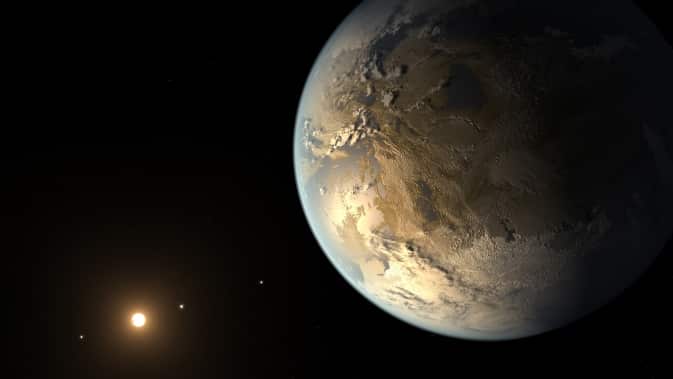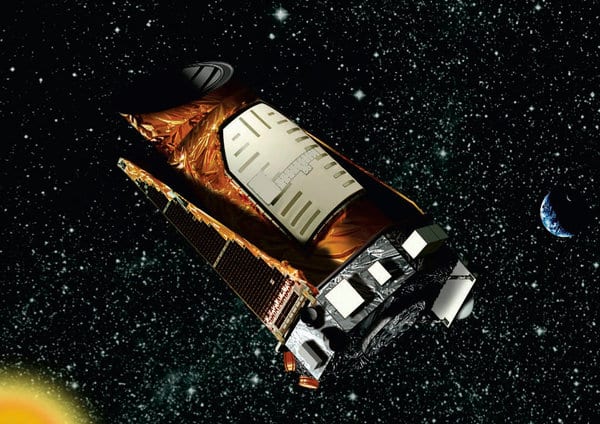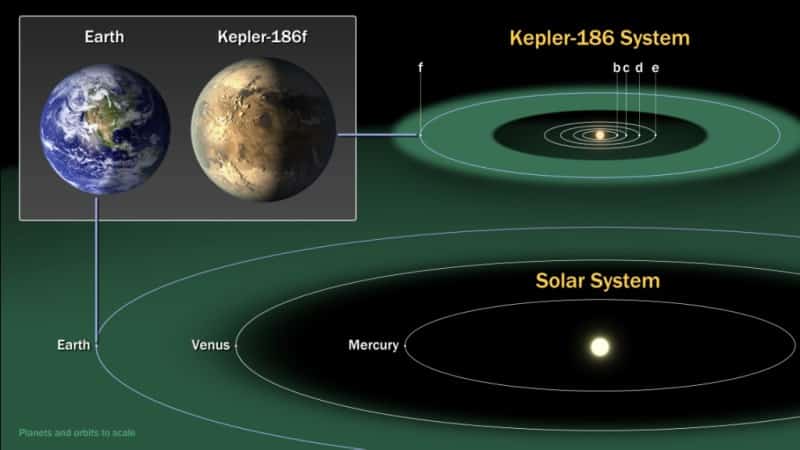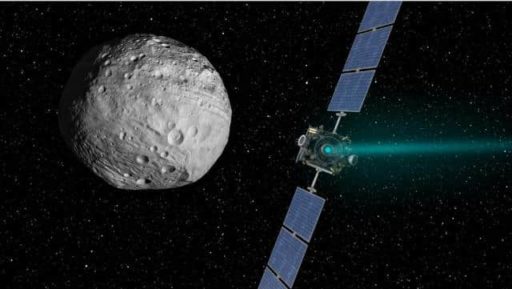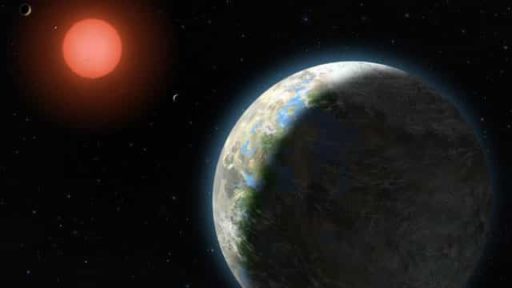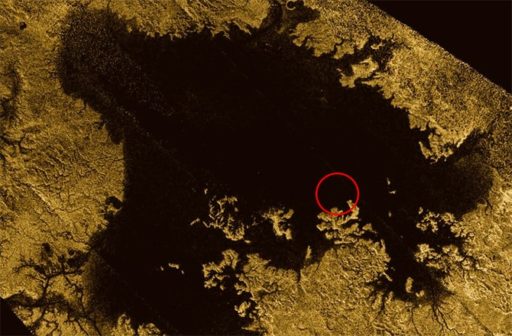Space agency NASA launched its Kepler space telescope on 7 March, 2009. Since then, the telescope had been engaged searching Earth-like planets in space. However, lately it’s been reported that Kepler has discovered the most Earth-like planet yet.
Kepler was launched into space with four reaction wheels. But in 2012, an extreme malfunction occurred, leading NASA to abort further hunt for new Earth-like planets. NASA decided to resurrect the Kepler probe with some modifications, but failed to fully recover and hence started thinking of new mission. But NASA persisted to recover Kepler the $600 million space telescope came back online again and started observing planets as before.
By this time, Kepler had discovered three new planets that possibly contain water. The planets that Kepler had discovered were – Kepler-62f, Kepler-62e and Kepler-69c. Kepler-62e and Kepler-62f are part of the Kepler-62 five-planet system and the Kepler-69c is the part of Kepler-69 system. But now, the latest report is Kepler has found the most Earth-like planet yet in space called Kepler 186f.
Kepler 186f is nearly identical to our planet in some key ways. The planet is one of the closest in size to Earth that has been discovered, and it is also the right distance from its sun to be in the “habitable zone” — a distance that makes it possible for liquid water to pool on the surface of the planet.
On the other hand, other Earth-like planets that have been found yet either are too hot or significantly larger than our planet, but Kepler 186f is only 10 percent bigger than Earth. The planet takes 130 days to orbit around its M dwarf sun (a star significantly smaller than our G Dwarf sun). this time duration hints that the planet may be in the right range to potentially support liquid water.
NASA has mentioned that says that Kepler 186f only receives one-third the energy from its star that the Earth gets from the sun and the brightness of the planet’s star at high noon is about equal to the brightness we see on Earth about an hour before sunset.
Unfortunately, NASA couldn’t measure the mass as well as the measurement of this planet, but the agency assumes that Kepler 186f is a rocky planet much like Earth. Besides, NASA hasn’t found any evidence which can suggest that the planet has such an atmosphere that would be suitable to sustaining life.
Source: NASA
[ttjad keyword=”dslr-camera”]

